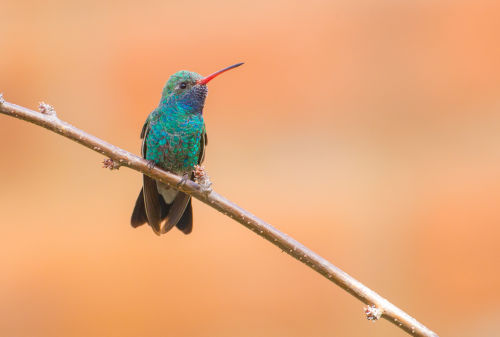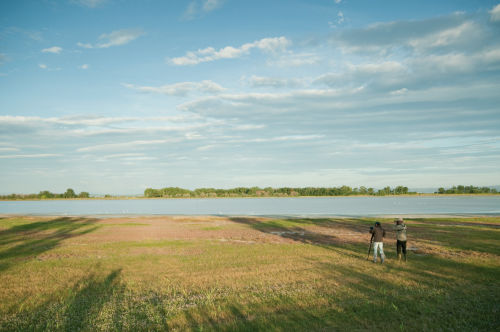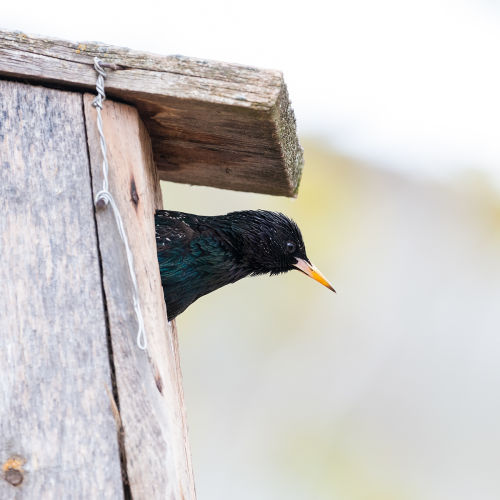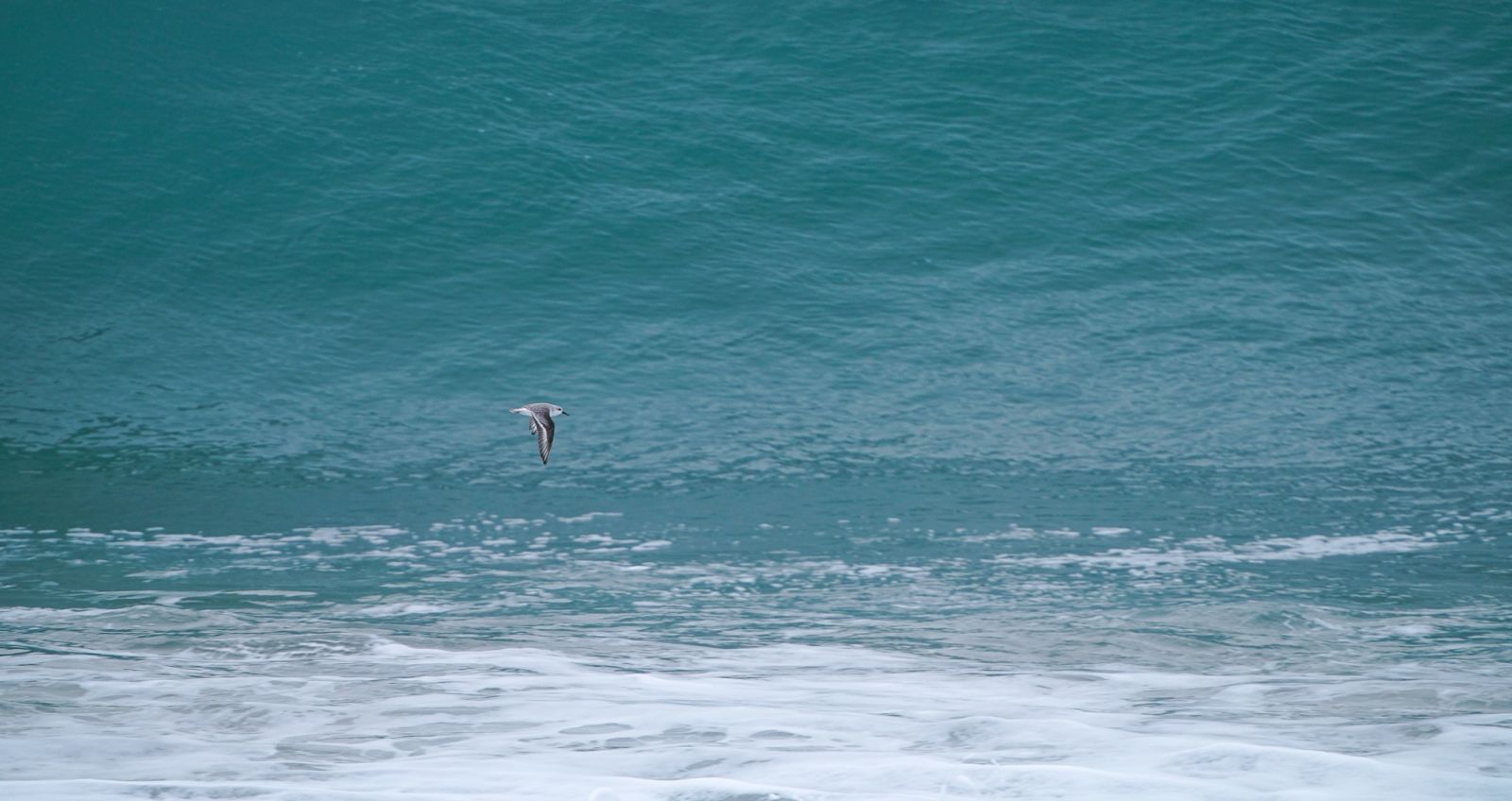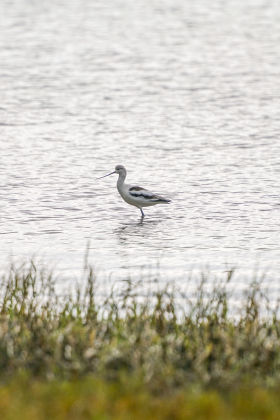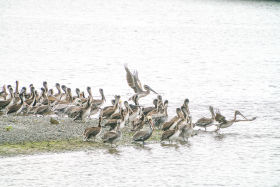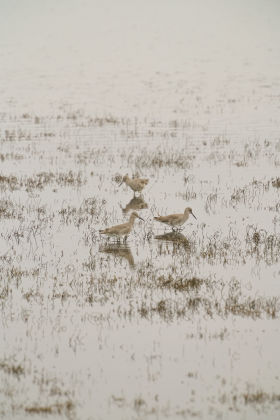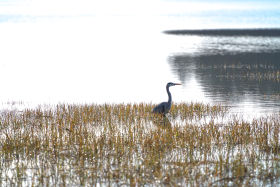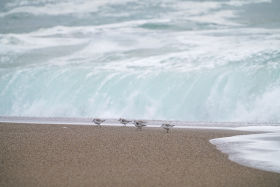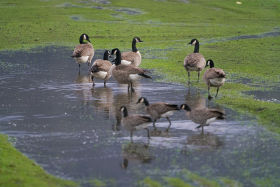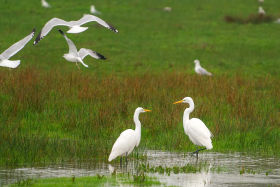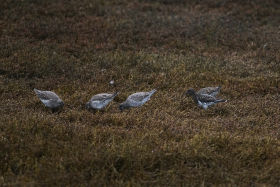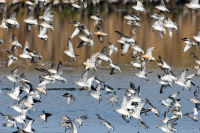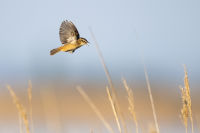Winter is among the most exciting times to be a birder on the California coast. As an ecologist with a passion for birds, poised to return to the community that raised me after nearly a long year away, saying I was excited to see the coast would be quite the understatement. Nearly a twenty-hour drive separates my home in southwest Montana from the Pacific Ocean. And after three thankfully uneventful days on the road, we arrived and were met by a northern California drenched in a 50-year rain event. As all storms do, this one passed, and left us with pockets of brilliant sun amongst moody skies.
A month of winter birding at Point Reyes
In total, I spent four weeks on the Point Reyes Peninsula, equipped with my 10x42 NL Pure binoculars. The 42 mm objective lens diameter was perfect for the dim light conditions. On my many long walks up the windswept beaches of Point Reyes, and meandering along the ribbons of marsh that reach inland, I encountered a striking diversity of birds, including:
American Avocets (Recurvirostra americana), Long-billed Curlews (Numenius americanus), Snowy Plovers (Charadrius nivosus), Black Turnstones (Arenaria melanocephala), Willets (Tringa semipalmata), Common Loons or Great Northern Divers (Gavia immer), California Brown Pelicans (Pelecanus occidentalis californicus), American Wigeons (Mareca americana), Great Withe Egrets (Ardea alba) and Great Blue Herons (Ardea herodias), Marbled Godwits (Limosa fedoa), Sanderlings (Calidris alba), and many more.
Bird migration on Point Reyes Peninsula
California is positioned directly within the heart of the 4,000 miles (6,437 km) Pacific Americas Flyway, one of the major migratory arteries for millions of birds. The Pacific Americas Flyway spans distant breeding sites as far north as the Alaskan arctic to overwintering sites that reach far into Central and South America. This is a journey of remarkable proportions. It’s no surprise that a tremendous amount of energy is required to sustain this migration. For many shorebirds that nest in the high arctic, their many thousand miles southward journey begins in July when they take flight, leaving the breeding grounds behind.

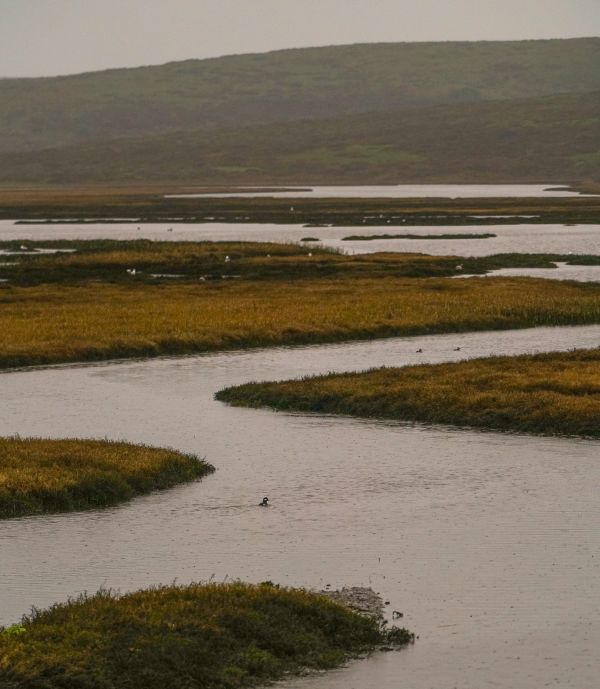
The seasonal arrival of winter migrants begins in late summer, as Pintails (Anas acuta) arrive. Canvasbacks (Aythya valisineria) and Buffleheads (Bucephala albeola) are not far behind in December. All the while, shorebirds are arriving in droves.
Some of them pass by…
With up to 2/3rds of the shorebird species that breed in North America journey from their arctic nesting grounds to winter in Central and South America, many are just passing through. And with common flight speeds of 50 mph, it takes a keen eye to witness them on their migratory route.
Some species make their migration journeys in a single effort covering, in some cases, four thousand miles without stopping for food or water. Others will hopscotch their way south taking breaks at crucial spots well known by their kind as safe and rich in food. Most bird species migrate at night when risk of predation is low and navigational cues from the moon and stars can be easily utilized. During the migration season, we birders must also rely on our ears rather than just our eyes to witness this timeless and incredible spectacle of nature in motion.


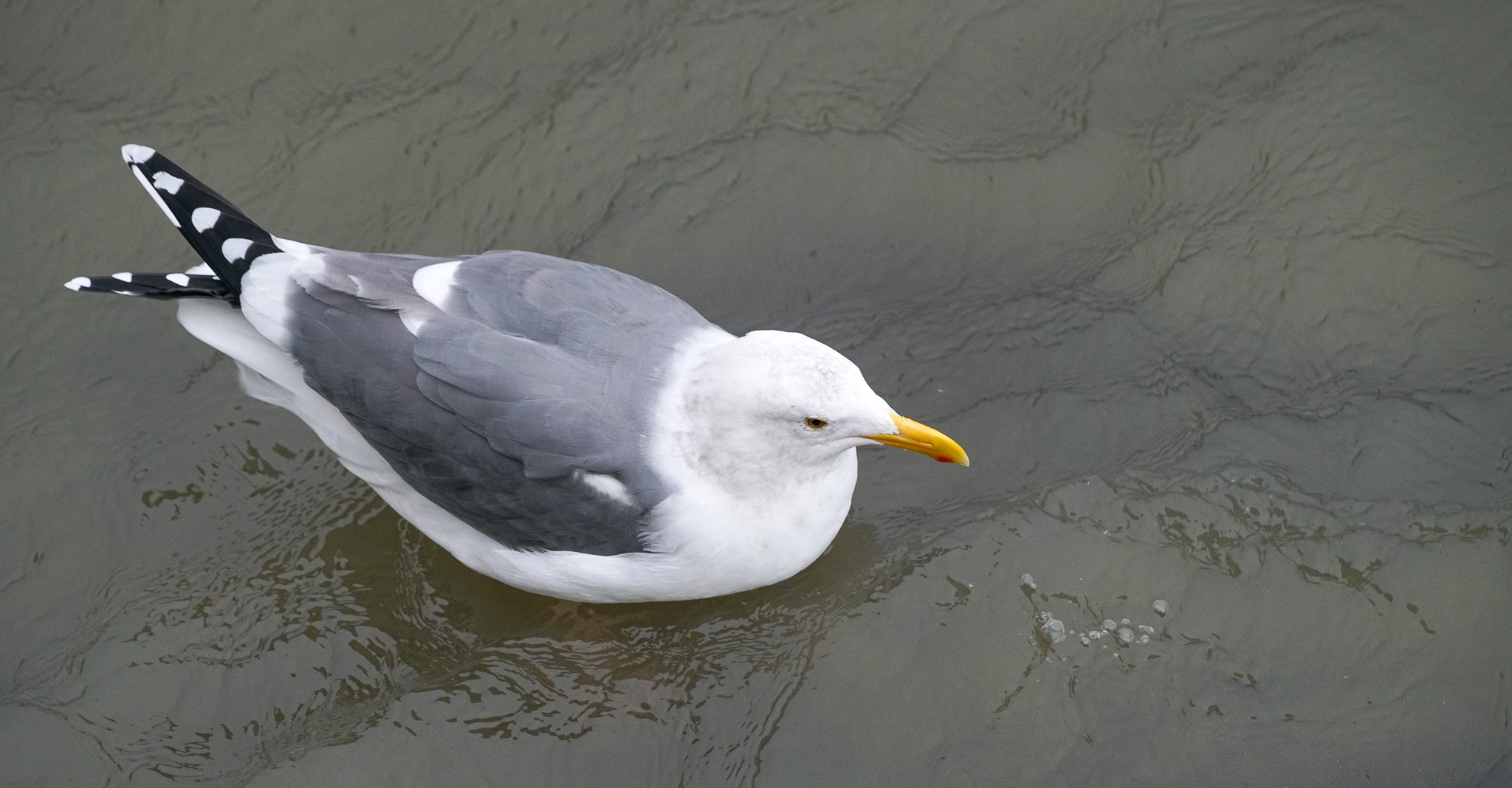
… and some of them stay
With so many miles to cover, many shorebirds, including the Semipalmated Plover (Charadrius semipalmatus), arrive in California during fall, well aware they may have thousands of miles left to cover on their journey. And yet many stay put, overwintering in California and Point Reyes National Seashore.
For many species of birds, California is a critical place to rest and refuel on these epic journeys. With one of the greatest habitat diversity on the planet, California’s avian biodiversity is among the richest. For many, there’s no reason to continue flying, and so, with a diversity of habitat to choose from, for many species, including shorebirds and ducks, California is the final winter destination. These wayward fliers will spend the season here until spring turns them around, tugging them north towards summer nesting grounds.
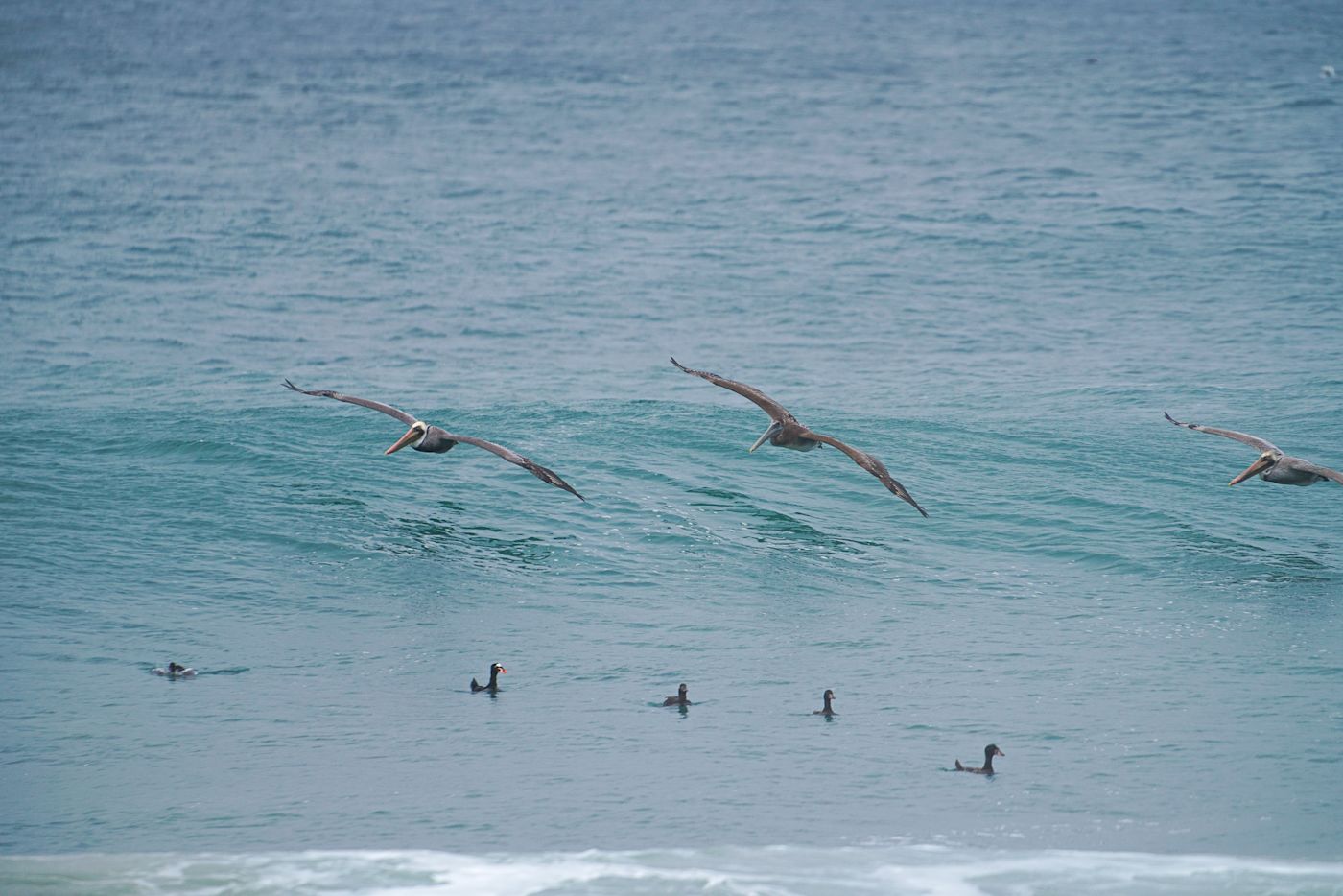
In a single day of birding with local birding legend and celebrated bird illustrator, Keith Hansen, we identified 68 species of birds, including well over 20 species of shorebirds and ducks. In fact, a remarkable 230 bird species have been observed and identified at his gallery in Bolinas, California. If you have a birding trip planned for the Point Reyes region, look no further than Keith Hansen for a day of birding that you’ll never forget.
An ecological point of view
And yet, with California's incredible diversity of habitat and biodiversity, there is also a climate and habitat loss emergency that can’t be overstated. Our planet is changing, experiencing a climate crisis, and biodiversity declines worldwide increasing in severity and magnitude at an alarming pace. As if to make matters worse, development and land use change continue to result in important habitat loss and fragmentation which is further stressing bird populations.
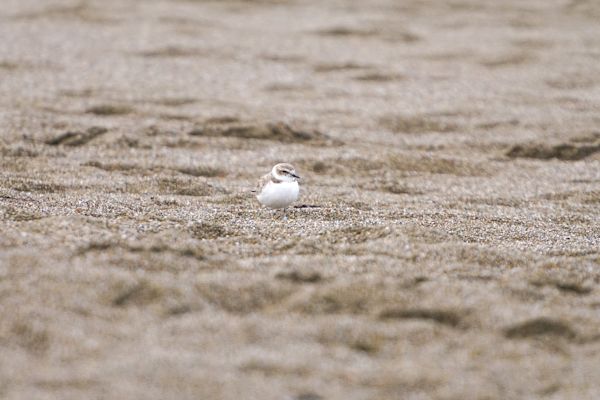
An ecological point of view
1 in 4 birds
Here some data to set the stage: Among the most sobering statistics is that over the past 50 years, North America has lost 1 in 4 birds. Taking a broader look, countless reports suggest bird populations are declining globally. Certainly, there are many drivers at play, and therefore we must prioritize a suite of solutions as a society, stewardship and conservation, education, and awareness chief among them.
Looking on the bright side
Looking back on a remarkable four weeks with my 10x42 NL Pure binoculars never out of reach, I am pleased to remind you (not that I need to, I’m sure) that there is so much to save and fight for. Birds abound, the sky comes to life with plumes of sea and shorebirds, and the forests and coastal prairie, scrub and chaparral are very much alive with song and chatter.
So, if shorebirds, seabirds and ducks are the birds after your own heart, I can’t recommend a winter birding experience on California’s Point Reyes Peninsula highly enough. There’s magic out there, just waiting to be observed.
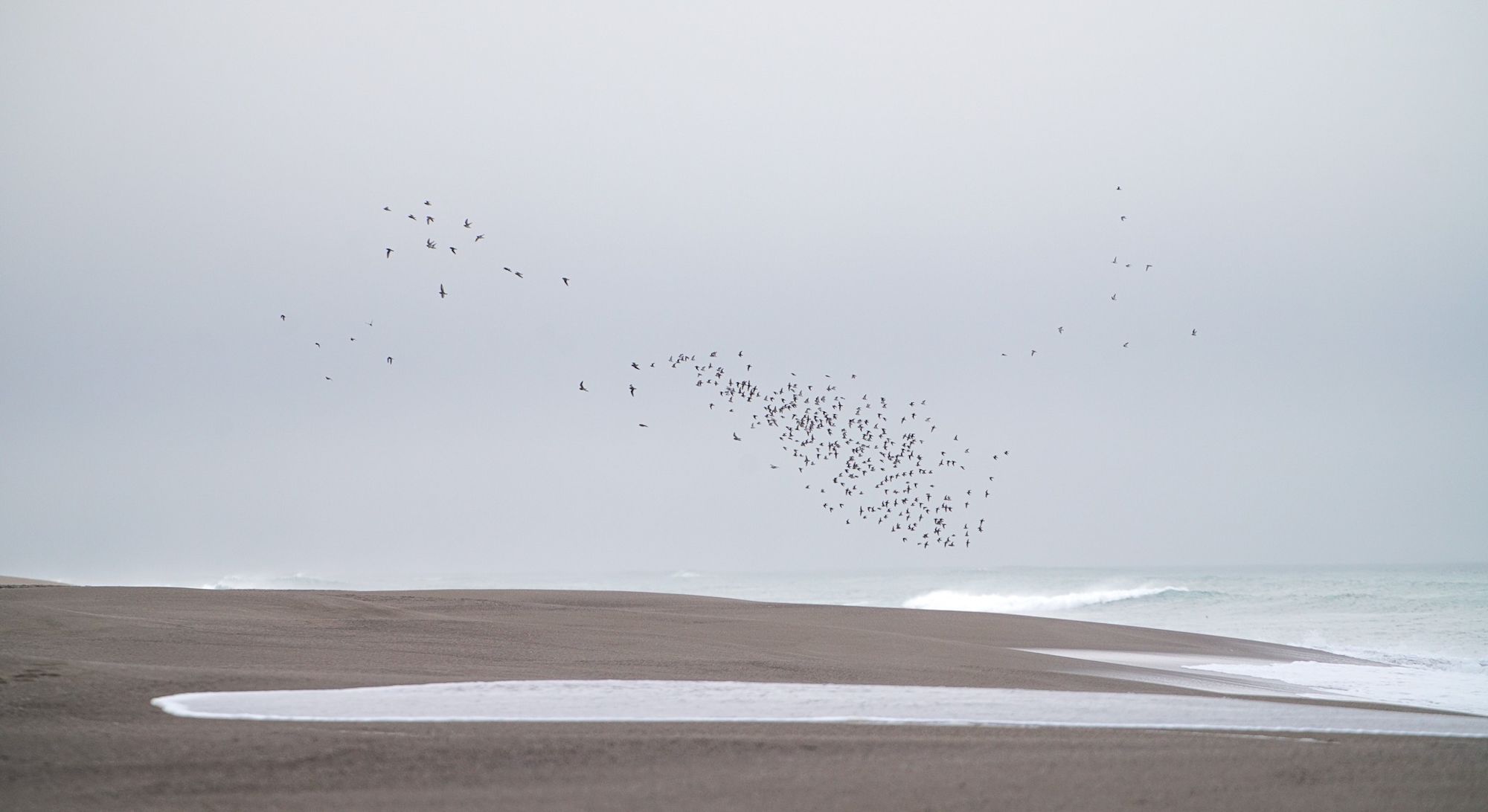
The Point Reyes National Park Service states: “With nearly 490 species recorded (over 50% of species of birds in North America), Point Reyes National Seashore easily claims the prize for the greatest avian diversity in any U.S. national park. The species total here, in fact, is larger than the species total in each of forty of the United States. Some of the factors responsible for attracting this amazing diversity are Point Reyes' location at an optimal latitude, its diverse habitats, its location along the Pacific Flyway, and the shape of the peninsula which acts as a geographic magnet.”
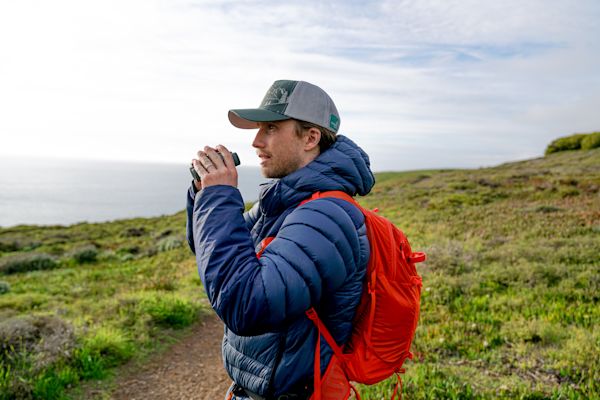
About the Author:
Charles Post
is a Norway based ecologist, Explorers Club Fellow, and award-winning filmmaker with a love for birding and exploring the outdoors with his wife, Rachel Pohl and their Samoyed, Mr. Knute. Following nearly a decade of field work and studies at U.C. Berkeley, earning his bachelor and master’s degrees in ecology, Charles embarked on a creative journey, spanning topics from the decline of kittiwakes in the Norwegian arctic to the beauty and fragility of migrating raptors across North America.
For more information and fascinating adventures visit his Instagram account: @charles_post.
